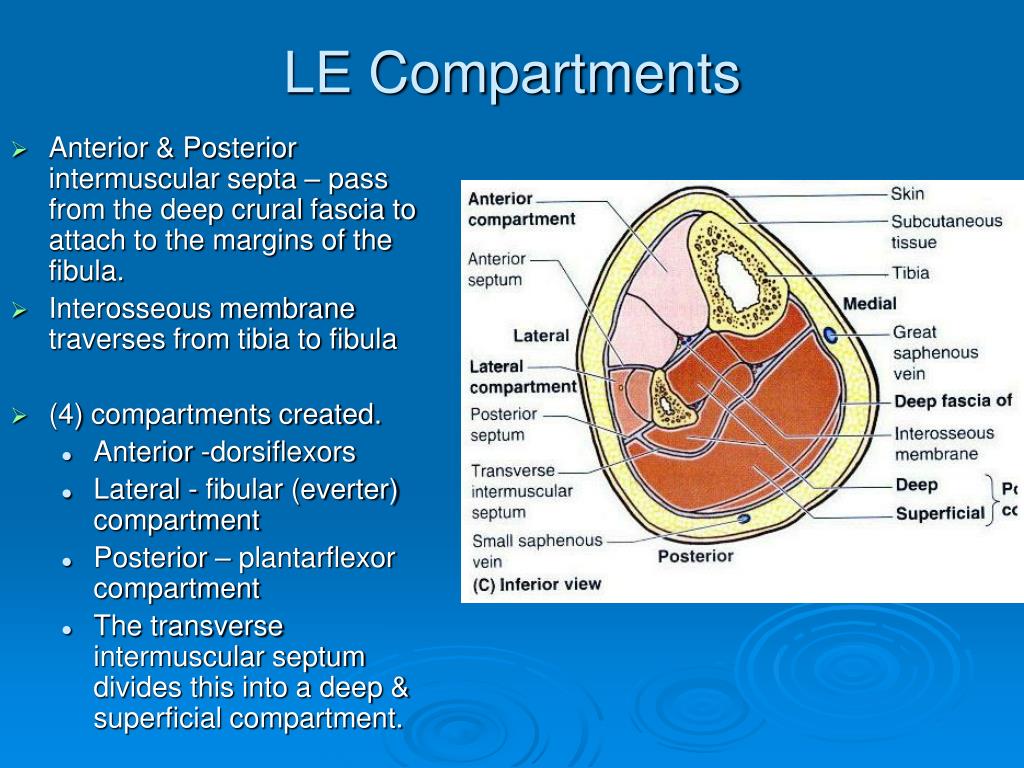
The resultant mid-calf scar is more difficult to conceal when wearing short skirts or pants. However, both techniques require a second incision of 5 and 2 cm, respectively, at the posterior mid-calf. Total or subtotal resection of the gastrocnemius muscle results in significant calf reduction. Muscular calf hypertrophy can cause severe psychological distress. Subfascial implant placement provides the best volumetric expansion with a lower implant removal rate and optimal safety profile. While fat transfer has an exceptional safety profile, additional procedures to achieve satisfactory outcomes are usually necessary.

The pooled estimate for additional fat grafting procedures following initial fat transfer was 54.1% (95%CI 38.3%-70%). The pooled incidence of implant removal was 1.3% (95%CI 0.7%-2%). The pooled satisfaction rate for implant placement and fat transfer was 96.7% (95%CI 94.4%-97.9%) and 87.2% (95%CI 78.5%-96%), respectively. Overall, the pooled satisfaction rate following calf augmentation was 95.4% (95%CI 93.7%- 97%). Most patients underwent subfascial implant placement (70.2%) followed by fat transfer (17.6%), submuscular implant placement (10.1%). The most common indications for calf augmentation were aesthetic concerns (48.7%). The average age and follow-up were 33.15 years and 33.58 months, respectively. This review included 48 articles reporting outcomes of 2455 patients. Pooled estimates were calculated with a random-effect meta-analysis using the DerSimonian-Laird model. Data collection included the patients’ characteristics, surgical techniques, and postoperative outcomes. We summarized the available evidence on the surgical techniques to augment the volume and dimension of the calf based on clinical outcomes and satisfaction rates.Īn electronic search was conducted across PubMed MEDLINE, Web of Science, Scopus, and Ovid MEDLINER(R) in accordance with the PRISMA statement. Endoscopic fasciotomy with calf implant placement and structural fat grafting is a simple, effective, reliable, and predictable technique for calf contouring.ĭue to the recent attention that has been brought to the aesthetics of the leg, outcomes in the literature are underreported and require further investigation. Lower leg contour is satisfactorily developed by endoscopic calf implanting combined with lipoplasty and structural fat grafting. Improvement in diameter and contour of proximal as well as distal legs are significant. The procedure is well tolerated with minimal discomfort during the postoperative period. This method requires release of fascia covering muscles of the inner leg bulge via endoscopic approach and simultaneous calf augmentation with calf implant, liposuction, and structural fat grafting to optimize the results. Endoscopic calf augmentation with combination of suction-assisted lipoplasty and structural fat grafting is introduced. If the problem with legs are overall shape, indentation or bulges on both sides and paucity of an aesthetic shape what are our surgical options? The answer to the question is discussed in detail in this chapter. If thickness is the cause then calf muscle volume reducing procedures might be the procedure of choice. Contour problems of lower legs related solely to shape may merit lipoplasty as a remedy. Reprints and permission: curves of the lower legs are causes of concern for many women and men. © 2015 The American Society for Aesthetic Plastic Surgery, Inc. This technique provides results comparable to those obtainable with traditional methods. At mean 19.6 month follow-up, durable augmentation and improvement in calf contour was documented by comparison of standardized preoperative and postoperative photographs.Īutologous calf fat grafting is a viable alternative to traditional implant-based calf augmentation for congenital calf discrepancies and the aesthetic pseudo-varus deformity. Four patients (31%) underwent a second round of autologous fat injection for further calf augmentation because they desired more volume.

Mean 157 cc of prepared lipoaspirate was transferred per leg, with roughly 60% and 40% transferred into the medial and lateral calf, respectively. Ten cases were bilateral (77%), and 3 cases (23%) were performed for congenital leg discrepancies. Over a 5-year period, 13 patients underwent calf augmentation and reshaping with the described technique. Medial and lateral calf augmentation was accomplished with injection of prepared autologous lipoaspirate intramuscularly and subcutaneously. To report our technique and results with autologous fat grafting for calf augmentation and reshaping.Ī retrospective review of the senior author's (JEV) experience with autologous fat grafting for calf augmentation was performed. Despite multiple advantages of fat grafting for calf augmentation and re-shaping over traditional silicone calf implants, few reports have been published.


 0 kommentar(er)
0 kommentar(er)
